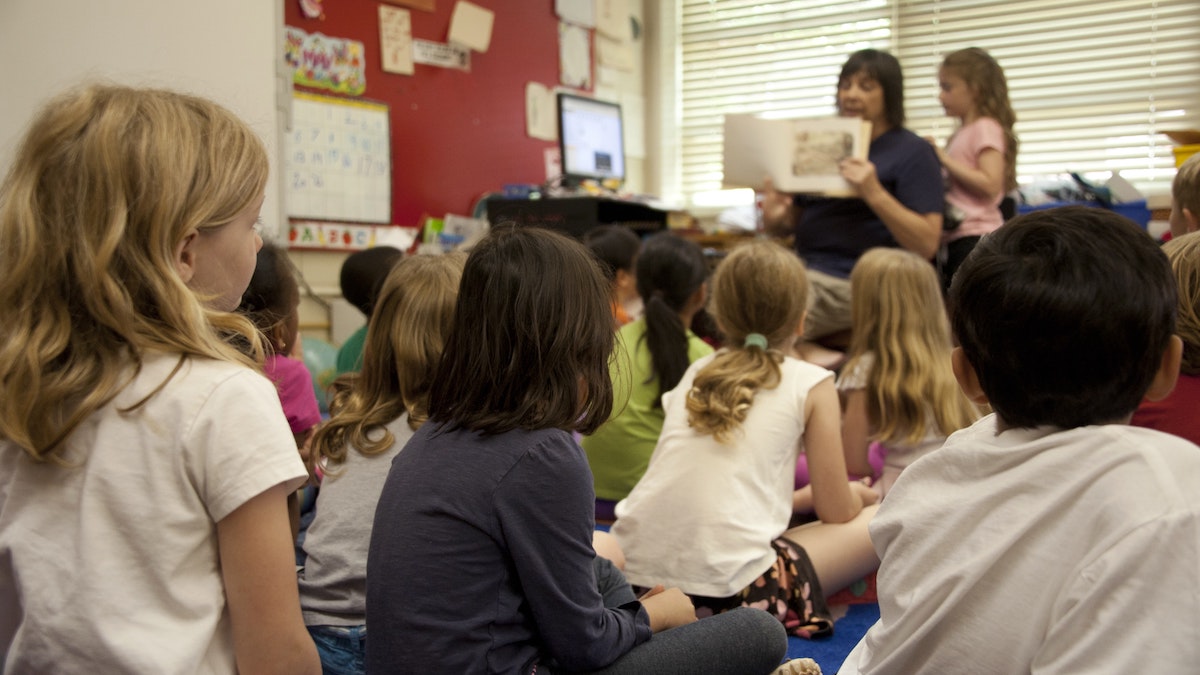Primary schools nationwide will now be able to access Butterfly Body Bright, an evidence-informed whole school program designed to help children establish a strong foundation for the development of positive body image, with the aim to protect them from significant issues later in life.
Butterfly Body Bright is a strength-based, prevention focused program that supports the development of healthy and positive attitudes and behaviours towards the body, eating and physical activity
Studies consistently show that 50% of pre-adolescent girls (age 8-11 years old) are dissatisfied with their body; showing a desire to be thinner than they arei. For pre-adolescent boys the research is not dissimilar, with one study determining 33% of 6-year-old boys were dissatisfied with their body and desired a more muscular body.ii
Butterfly Foundation’s National Manager of Prevention Services, Danni Rowlands acknowledges “that for the prevention of body dissatisfaction and disordered eating behaviours to truly happen, we need to start early. Addressing body image in children needs to be done so in a safe, evidence-informed structured and empowered way. Butterfly Body Bright aims to provide that for Australian primary schools”.
The program development has been led by Butterfly Foundation’s Dr. Stephanie Damiano, who has dedicated her career to understanding body image in children. Butterfly Body Bright addresses the known and modifiable risk and protective factors that underpin body image so that children have the understanding and skills to combat negative body image issues.
“The foundations for body image, weight attitudes, eating behaviours and physical activity patterns are formed early in life,” says Dr. Damiano. “There are so many factors that can influence children’s body image and a number of those important factors sit within the school community. For example, a child’s peers, parents and teachers can all play a really important role.”
“The more a child is dissatisfied with their body the more likely they are to engage in unhelpful behaviours, such as reduced physical activity and more restrictive or over-eating behaviours, and are more at risk of experiencing emotional, academic and social problems. They are also at an increased risk of developing an eating disorder,” she added.
“Butterfly Body Bright will support Australian primary schools, their students and their school community with safe and age-appropriate body image education so that the whole school community can work together to promote positive body image.”
While the long-term aim of Butterfly Body Bright is to reduce significant body dissatisfaction, disordered eating and eating disorders developing in late childhood and adolescence, Dr. Damiano highlights that the program does not focus on eating disorders.
“The program has been designed by body image and education experts with the intention to ‘do no harm’. It is a strength-based prevention program that has been informed by evidence to include strategies that promote positive body image.”
It has also been informed by lived experience, with 164 people completing a survey about their experience of developing body and/or eating concerns during primary school. Most of these participants went on to develop more significant body image and eating issues in adolescence and adulthood and believe a program such as Butterfly Body Bright could have made a difference.
Jo, now 19, who participated in the lived experience survey reflected on her time at school saying “I think they could’ve taught us more about our bodies and what self-esteem is; the fact everyone looks different and that’s okay”
The program is divided into six key themes; Brave, Resilient, Inclusive, Grateful, Happy and Thoughtful, that address the significant modifiable risk and protective factors that underpin body image in children. The program includes online staff training, curriculum-aligned lesson plans, resources for families and school culture and environment guidelines based on these themes, ensuring the whole school community is supported.
The Body Bright Staff Training has been well received by the 28 primary school educators who have trialled the program.
“Primary schools have the privilege to be able to make a massive impact on student’s wellbeing, self-esteem, and body image. Butterfly Body Bright opens awareness to the impact we can make on young people’s body perceptions” said Jessica, a teacher from Queensland who trialled the program.
Elements of the Butterfly Body Bright curriculum are also being trialled in Year 4 to 6 classes across two campuses at an independent primary school in Melbourne. Students have received one of the Butterfly Body Bright lessons delivered by their classroom teacher. The evaluation is still in progress due to Covid-related delays, but so far students have been enjoying the lessons, and preliminary survey data shows improvements in how students feel about their body immediately after the lesson, and an increased intention to seek help/support if they are having a hard time.
“I think it’s important to feel good and happy in our body because we only have one body to live with,” said Melbourne-based year 6 student Charlie* about taking part in the Butterfly Body Bright program. Schools can now register for Butterfly Body Bright via the program’s website. The program is free until at least 31st December 2021. Butterfly Body Bright has been developed over 2 years and has been funded by FDC Construction, with additional funding from Sportsgirl to help support the next phase of the project.
“We’re incredibly proud to be rolling this program out nationally and to make a difference to the lives of children, by helping them to feel good in the body they have,” said Kevin Barrow, Butterfly CEO.
“We’re looking forward to seeing Butterfly Body bright become an integral part of every Australian Primary School’s endeavour to support student wellbeing and education.”
*Name has been changed.




















